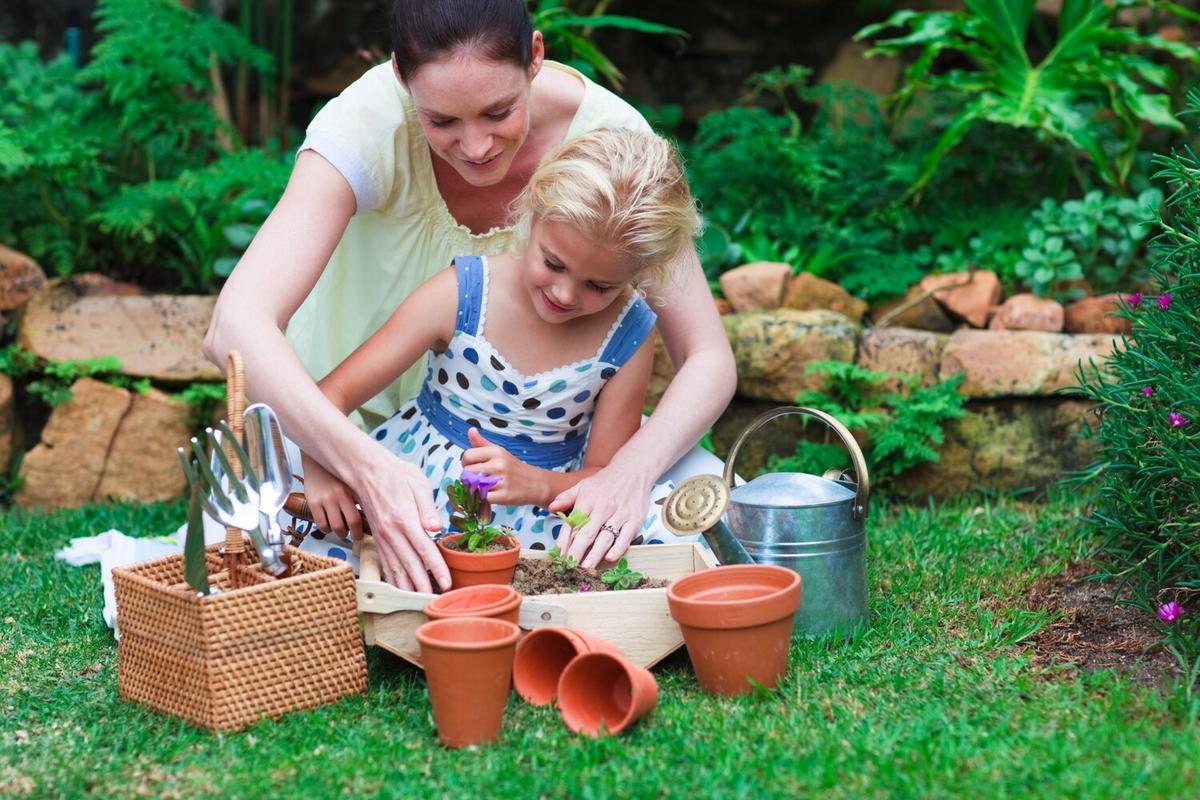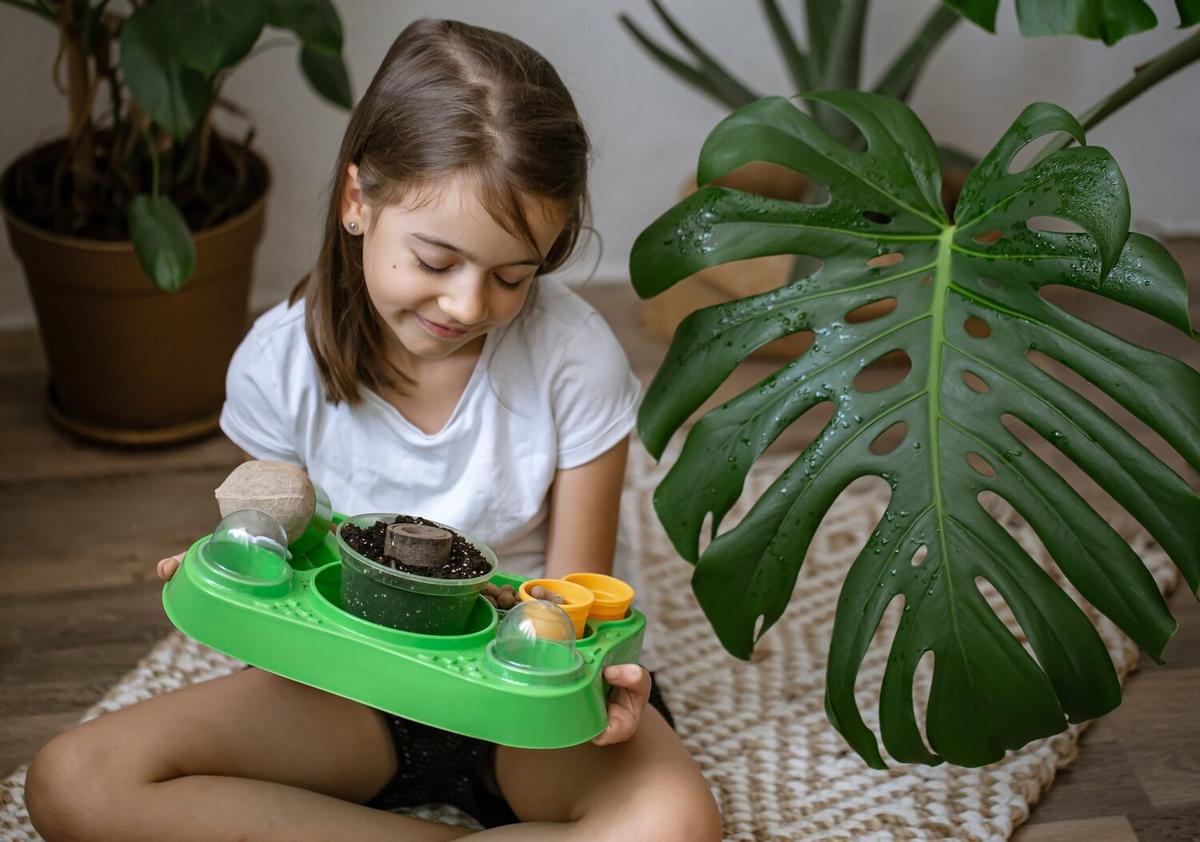
Gardening with Kids: Growing Your Own Food Together
Gardening with children offers an enriching experience that combines education, environmental awareness, and family bonding. By cultivating a garden together, families can instill a love for nature and sustainable living in young minds while enjoying the tangible rewards of their efforts.
Benefits of Gardening with Kids
Engaging children in gardening provides numerous benefits. According to a study published in the Health Education & Behavior journal, children who participate in gardening activities show improved dietary habits and a greater willingness to try fruits and vegetables. Moreover, gardening educates children about the environment and the importance of ecosystems.
Expert Insights
Dr. Maria Gallo, an environmental educator, emphasizes, “Gardening is a hands-on way to teach kids about sustainability and the impact of their actions on the environment.”
Getting Started: Simple Steps
- Choose the Right Plants: Start with easy-to-grow vegetables like tomatoes, lettuce, and carrots.
- Involve Kids in Planning: Let them pick plants they are interested in, which increases their engagement.
- Create a Schedule: Establish a routine for watering and care to teach responsibility.
- Use Child-Friendly Tools: Invest in safe, appropriately sized gardening tools for little hands.
Personal Experience
As a parent, I found that gardening with my children not only taught them about growth and nurturing but also provided a peaceful escape from digital distractions. My son, Alex, particularly enjoyed watching our strawberry plants bloom and bear fruit.
Actionable Tips
Here are some practical tips to make gardening more enjoyable and educational:
- Incorporate science lessons by discussing plant biology and weather patterns.
- Encourage creativity by letting kids design garden layouts or paint plant markers.
- Celebrate harvests with family meals using homegrown produce.
Consider setting up a small compost bin to teach kids about waste reduction and soil enrichment.
Recommended Resources
For further reading, explore resources on KidsGardening.org and the Royal Horticultural Society’s website for kid-friendly gardening projects and advice.
Conclusion
Gardening with kids is a rewarding activity that nurtures curiosity, responsibility, and a connection to the earth. By starting a family garden, you not only grow fresh produce but also cultivate lifelong values in your children. So grab your tools, gather your little helpers, and start planting seeds of knowledge and joy today!
Frequently Asked Questions
How can I make gardening fun for my kids?
Incorporate games, competitions, and creative activities such as designing plant labels or creating a garden journal.
What are some easy plants for kids to grow?
Try starting with radishes, sunflowers, and peas, as they are quick to sprout and easy to maintain.
How do I encourage my child to eat the vegetables they grow?
Involve them in meal preparation and let them taste the rewards of their hard work, which often makes them more willing to try new foods.


